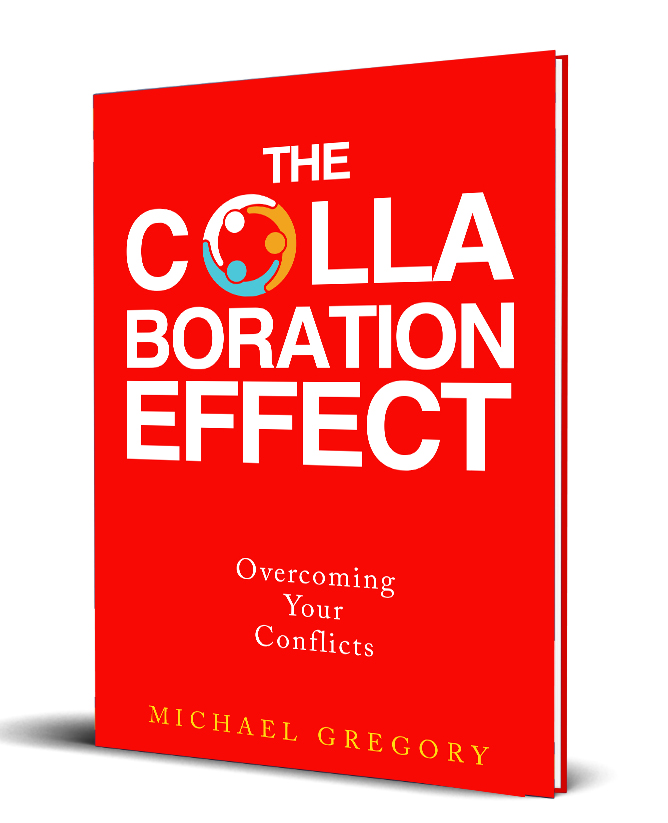
In this article from the Harvard Law School Program on Negotiation entitled “What are the Top Three Defensive Negotiations Strategies You Need to Know? “the program staff suggest:
1. “Prepare, prepare, prepare;
2. Separate information from influence; and
3. Rephrase the other side’s offer. Mitigate the impact of influence strategies by rephrasing the other party’s requests.”
In an article I wrote for Advisor Perspectives in October 2016 I also used the phrase “prepare, prepare, prepare”. I was referring to the work of a negotiator to educate the other party after having developed a relationship and actively listening to understand where the other party is coming from. Regarding the educational component, the key is to be well prepared to educate as an attorney educates a judge. The purpose is not to overwhelm or overpower, but rather to present information in such a way as to help the decider clearly understand to make an appropriate decision.
Know your Best Alternative to a Negotiated Agreement (BATNA) and have several other alternatives computed as well. In an earlier blog I demonstrate an example with six alternatives going into the negotiation.
Regarding “separating information from influence” I like the three questions offered by the article:
- “If anyone else made this proposal, would I be willing to agree to it?
- Would I have agreed to this proposal yesterday, or even an hour ago?
- Can I defend my compliance to my colleagues and my boss?”
I would like to offer some additional questions for your consideration:
· How much is the decision being influenced by who the negotiator(s) is (are) compared to the merits of the proposal?
· Am I feeling intimidated as I am making this decision? If so maybe I need more time to think about this decision?
· Am I feeling gleeful as I am making this decision? If so maybe I need more time to think about this decision and any potential negative consequences I have not fully vented?
· With other clients, vendors, and potential deals in the works, do I want to agree to this or wait and see what else may develop?
· How will this be perceived by all stakeholders up, down and lateral within the organization and stakeholders outside of the organization?
I offer these as some additional question to consider.
Finally, regarding the third point, I want to emphasize how when rewording the other party’s perspective or your own why it is important to couch the rewording in an appropriate manner. This may for example be turning a negative into a positive:
“You still had two wrong on that exam” to “you scored a 98 out of 100 way to go!”
“That price is still too high and I can’t go there” to “if you could find your way to lower your price some we may be able to come to some form of an agreement.”
Another example is turning a negative into a neutral. This takes practice. As a trained mediator, I use this type of approach between parties continuously. If for example, I am mediating between parties going back and forth between rooms with two very hostile parties, I will listen to one party present their demands and derogatory comments and rephrase them in a neutral fashion. After discussing these with the first I will share with the first how I intend to offer their recommendation before sharing the commentary with the second party. For example, the first party may have said something like, “I’ll tell them where they can go and that I won’t go below $200,000”. I must remain neutral and work with the first party to help them de-escalate and ask them to help me to rephrase the commentary. By the time I leave we may have agreed that I will present to the second party something like , “After careful consideration of all of the facts, the first party is prepared to offer $200,000 and finds it very difficult to go any lower without some very good reasons.” You can learn from this example when negotiating with the other party. It is very important to first center yourself. Do not become angry no matter what. You may need to ask for a break. When you do you respond in a negotiation, you need to remain calm and you need to summarize what you heard in a neutral manner such as the commentary I presented here as a mediator. This can go a long way towards reaching an agreement.
The three points offered by this article following the scout's motto to be prepared, separate information from influence, and rephrase the other side’s offer are three keys to negotiating by realizing your own bias and ensuring careful consideration is given to your BATNA before making a decision.
Michael Gregory, ASA, CVA, MBA is an expert in conflict resolution dedicated to making individuals, organizations, thought-leading entrepreneurs and executives more successful. Michael’s books, including his NEW BOOK now also available as an e-book, Peaceful Resolutions: A 60-step illustrated guide to conflict resolution are available at this link. Free resources are available online at www.mikegreg.com. Check out the blog. Contact Mike directly at mg@mikegreg.com or call (651) 633-5311.
About the author
Mike Gregory is a professional speaker, an author, and a mediator. You may contact Mike directly at mg@mikegreg.com and at (651) 633-5311. Mike has written 12 books (and co-authored two others) including his latest book, The Collaboration Effect: Overcoming Your Conflicts, and The Servant Manager, Business Valuations and the IRS, and Peaceful Resolutions that you may find helpful. [Michael Gregory, ASA, CVA, MBA, Qualified Mediator with the Minnesota Supreme Court]

